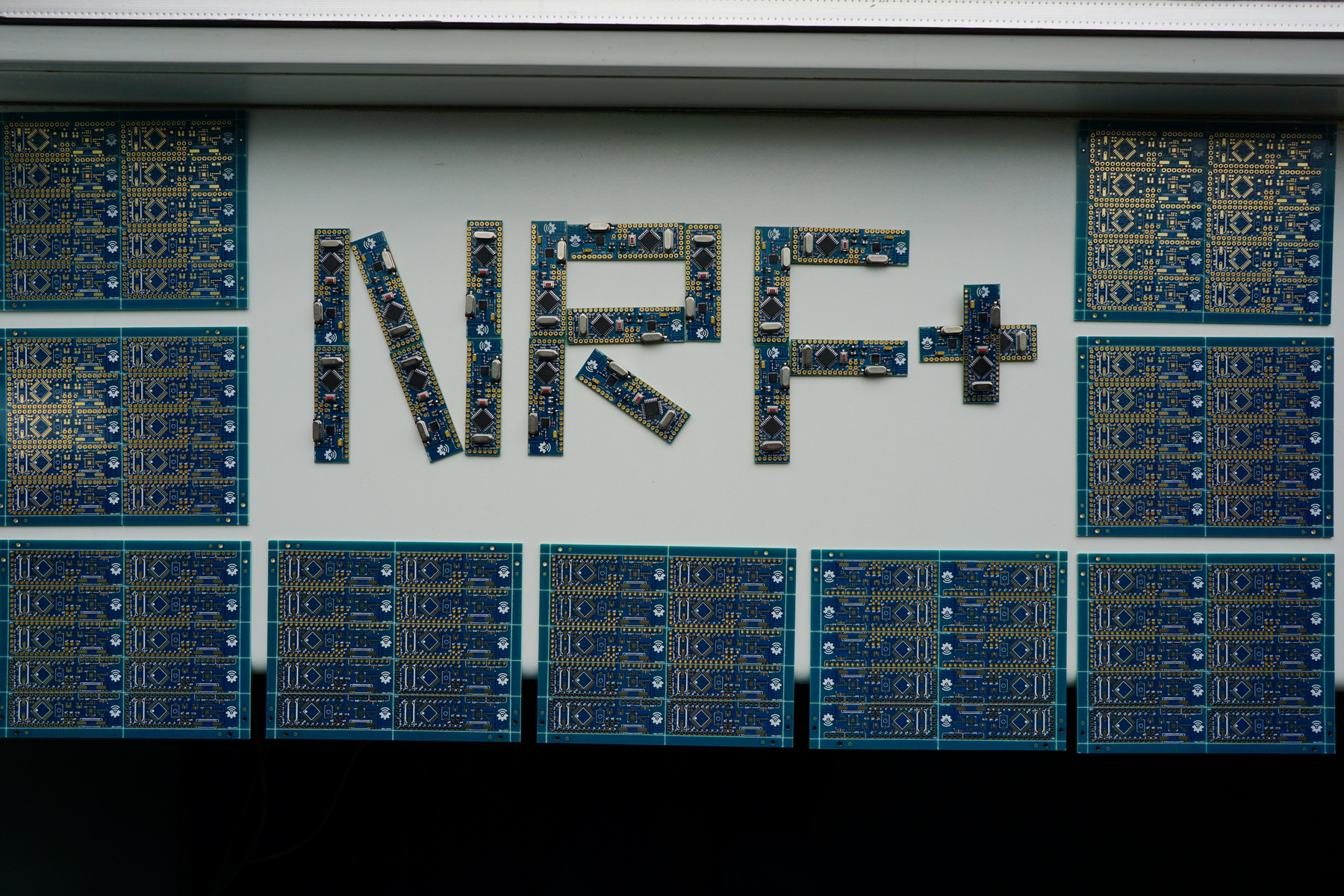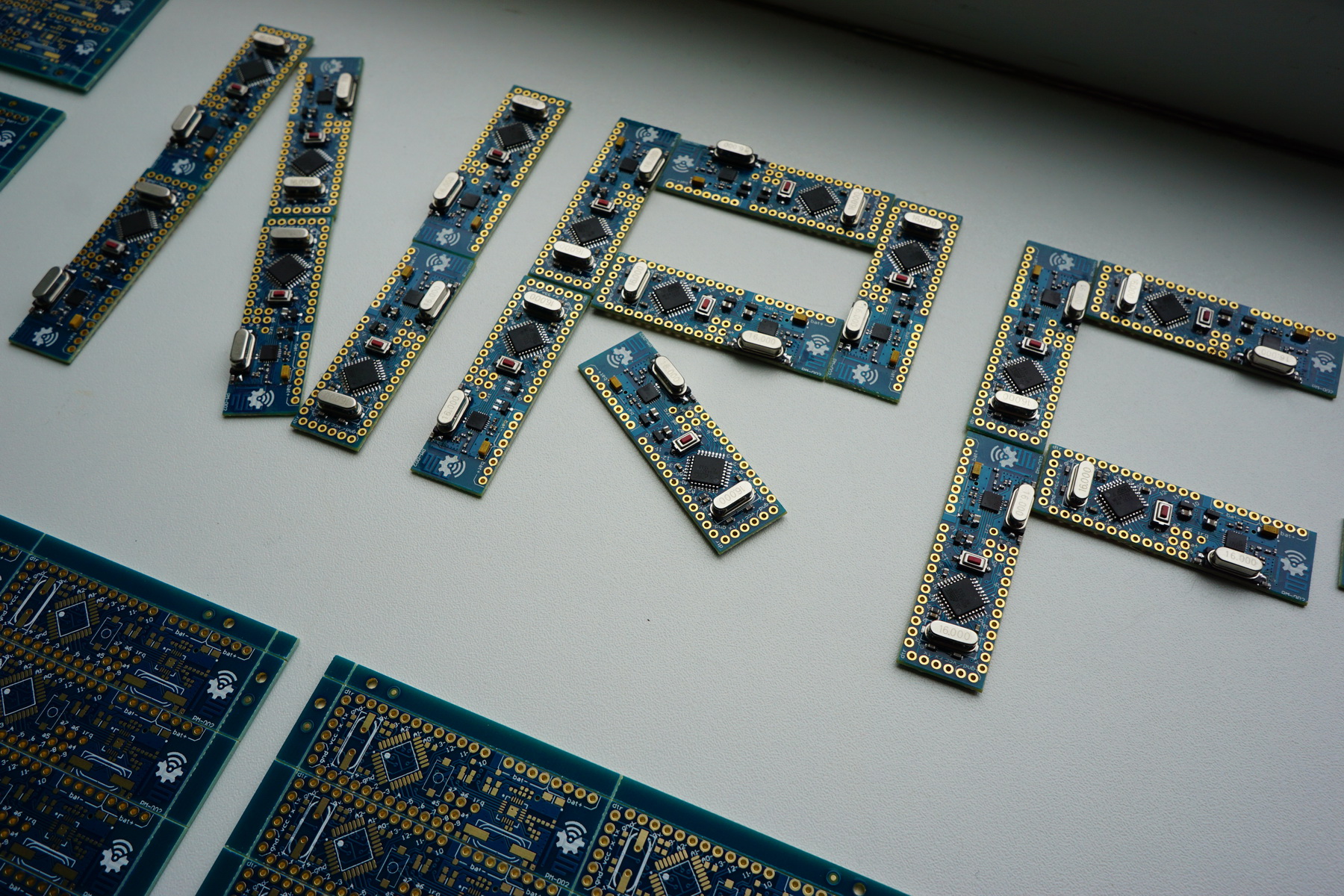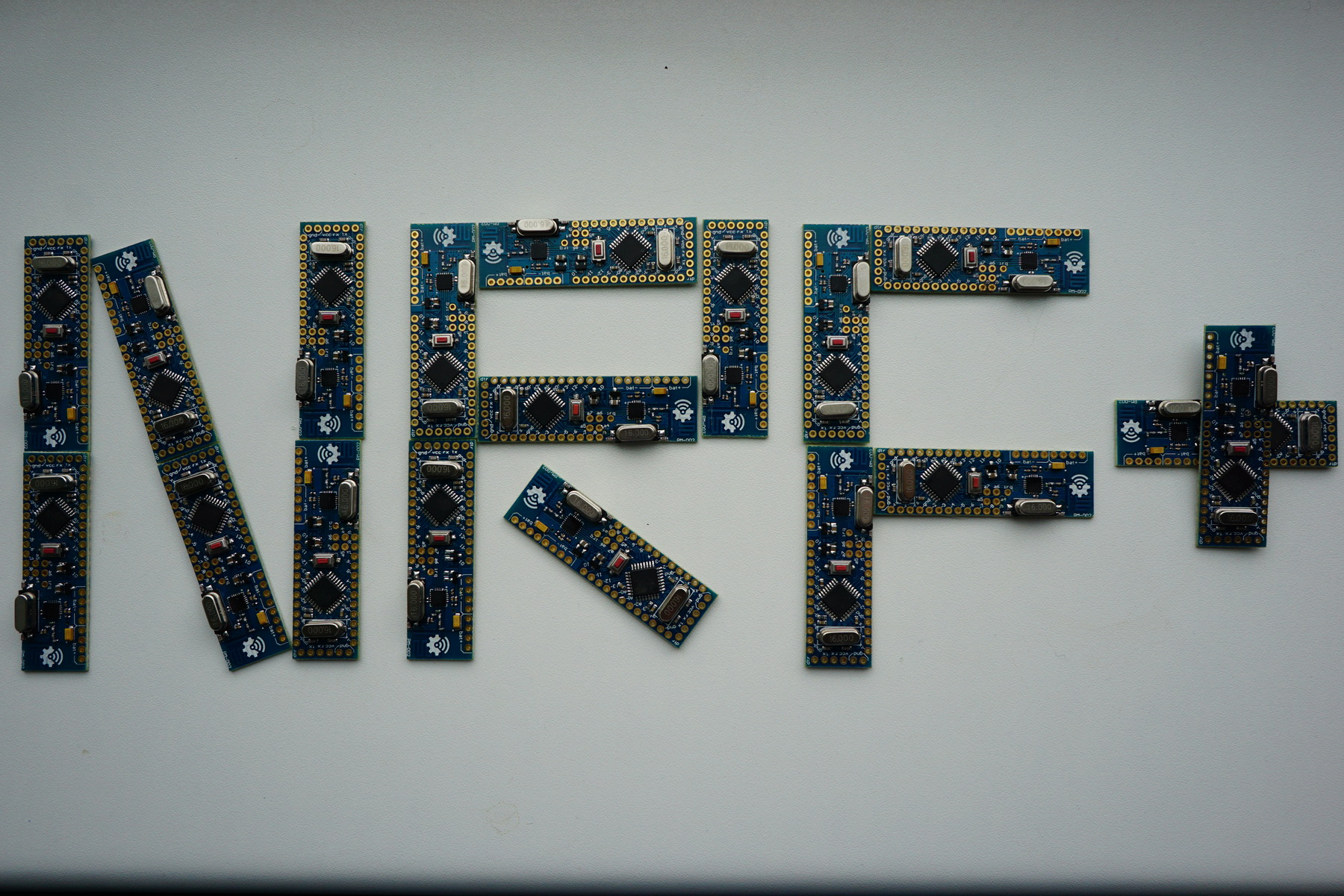💬 MySensors Stable Node
-
Impressive !!
did you reflow the board, or did you REALLY manually solder the nrf24l chip with an iron ??? -
Impressive !!
did you reflow the board, or did you REALLY manually solder the nrf24l chip with an iron ???@fifipil909 Thanks.
I've soldered these boards using simple soldering iron and hot air fan (lukey 702). -
First small batch is completed :)



-
excellent :laughing:
-
Wow ! I really like the color and design.
Waiting for alpha testing of the nrf chip.
Is soldering it more difficult than soldering the atmega as they are not the same package type ? -
@Koresh what about price for assembled boards?
-
@Koresh what about price for assembled boards?
@robosensor So far 9-10$ for each board. Small batch and not mass production soldering... Negotiating smd services for PCBA. Hope to reduce costs by $2 final. Will see what happens.
-
Wow ! I really like the color and design.
Waiting for alpha testing of the nrf chip.
Is soldering it more difficult than soldering the atmega as they are not the same package type ?@ahmedadelhosni said:
Is soldering it more difficult than soldering the atmega as they are not the same package type ?
3 steps process:
- tin-plating the board contacts
- tin-plating the chip contacts
- apply flux-gel and place chip on the board and heat it with soldering Heat Blower - pre-heat-wait-heat-wait . Like standard soldering profile http://www.renesas.eu/products/lead/specific_info/rt/heatproof/index.jsp .
also need to have a good ayes ))) the flux-gel should be the one you do not have to remove after.
-
You make some... I'll buy some... great work!
-
Alfa testing:
Checking radios as various nodes. Currently working as 2 relay nodes, DHT 22 temperature node and gateway.
All is good . Range 1-2 meters less than NRF24 with big antenna in apartment surrounding.
Digital pins cheeked like in the video: https://youtu.be/00fy9amZnt4
Analog pins tested with generic arduino light sensor. So radios and pins are OK. -
You make some... I'll buy some... great work!
@Sander-Teunissen said:
You make some... I'll buy some... great work!
So far still negotiating\finding reliable PCBA. First batch of 17 boards Koresh and me we were not impressed.
-
Keep me posted!
Will order when board comes soldered and ready to use! -
Congratulations !!! Best hardware project indeed !
-
Congratulations !!! Best hardware project indeed !
@GertSanders Thanks! :)
@shabba I've almosted completed new ultrasmall radionode based on rfm69. I'am very busy now but I hope to finish all tests in a week. I will post board asap :)
-
@GertSanders Thanks! :)
@shabba I've almosted completed new ultrasmall radionode based on rfm69. I'am very busy now but I hope to finish all tests in a week. I will post board asap :)
-
oh maybe I didn't understand well, I thought that semtech ic (rfm69) would be onboard?? because if we wire our antenna, I don't see well why not use rfm69 module instead. In case of pcb antenna trace, ic onboard makes more sense imho. but maybe I'm wrong..I thought to give a try to this sometimes ago but had this reflexion,..and good design of pcb antenna trace for 433-915mhz is a lot bigger than 2.4ghz nrf. and smaller trace, lower range..+ need to be tuned for each design (in theory, I'm not expert)
that's cool because koresh is skilled at this :) lot of thing to learn! so I can't wait to see or try one board! -
Hi,
I got all the parts, but I think the NRF24L01 is the normal version and not the + version, there is no + to be found on the chip.
Would the older NRF24L01 ( without plus ) work on the board ?, or do I have to use the R1 resistor ?
( Resistor 1M ( which package size ) - unnecessary element (R1 can be mounted for backward compatibility with nRF24L01, nevermind)Alex
